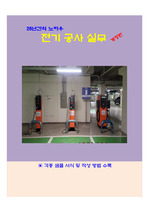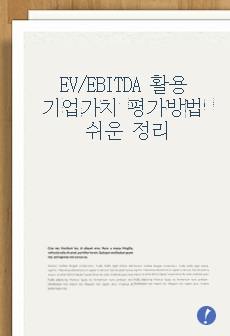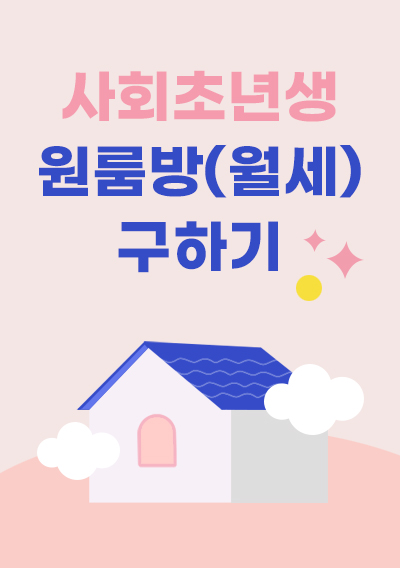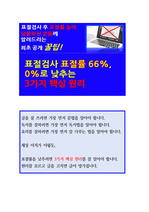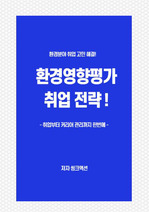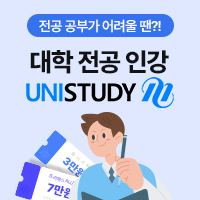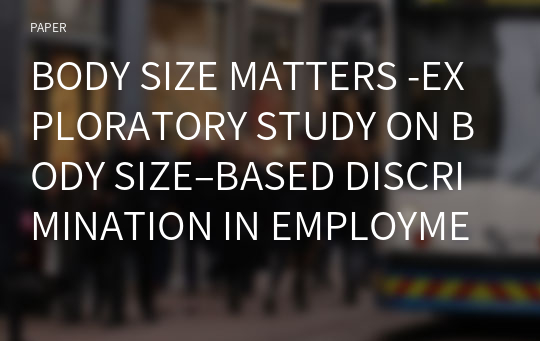BODY SIZE MATTERS -EXPLORATORY STUDY ON BODY SIZE–BASED DISCRIMINATION IN EMPLOYMENT FOR FASHION DESIGNERS-
* 본 문서는 배포용으로 복사 및 편집이 불가합니다.
서지정보
ㆍ발행기관 : 글로벌지식마케팅경영학회(GFMC)
ㆍ수록지정보 : Global Marketing Conference
ㆍ저자명 : MiYoung Lee, Hayoung Hwang
ㆍ저자명 : MiYoung Lee, Hayoung Hwang
영어 초록
The fashion industry is one of the most labor intensive industries, and employs over 25 million workers in over 100 countries (Reinhard, Schmidt, Rützel, & Zentgraf, 2013). There have been many concerns regarding the poor working conditions of garment workers, including their long working hours, forced overtime, and hazardous working environments, especially in developing countries. In Korea, competition has intensified within the industry with the emergence of global fashion companies, which has caused many fashion companies to move their production bases overseas in search of cheaper labor (Son, 2007). Thus, the labor problems that have arisen in the fashion industry are mostly about low wages and the poor working conditions of production workers. However, what about the labor problems of fashion industry workers other than those in production factories? Lee, Kim, Shin, Yoon, Lee, Chang, Chung, and Choi (2009) noted in their study that white-collar workers in fashion companies in Korea work longer hours, receive fewer benefits, and have a higher turnover rate than workers in other industries. In 2015, the poor working environment and low or absent wages of fashion industry interns came under public scrutiny (Kim, 2015; Kwon, 2016). In addition, there were cases in which body size was specified when hiring fashion designers, which raised the question of discrimination based on physical appearance (Kim, 2015). These employment conditions are important factors that influence fashion design majors entering the job market. Hence, regarding this and the physical body size discrimination of fashion designers in the Korean fashion industry, the aims of this paper are twofold: 1) to examine the present situation of physical discrimination by analyzing fashion companies’ job advertisements and 2) to explore fashion major undergraduates’ opinions about job criteria that indicate potential physical discrimination. Two approaches were used in this exploratory study to examine potential hiring discrimination tied to job applicants’ body size; 1) investigation of job advertisements by fashion companies and 2) focus group interviews with fashion majors seniors or graduates looking for a work as fashion designers. First, job advertisements for fashion designers placed on major fashion recruiting sites (e.g., www.saramin.co.kr, www.fashionscout.co.kr, and http://cafe.naver.com/fashionworking) in 2015 were reviewed to determine the current situation of which physical conditions or specific body measurements are set as job requirements or preferred qualifications when hiring fashion designers (n=201). Next, five focus group interviews with seven university seniors each(n=35) were conducted. No fashion companies that were looking for experienced fashion designers only (n=65) included a physical body-size requirement in the job advertisement. Thus 136 fashion designer interns or entry-level fashion designer advertisements were used in further analysis. According to the analysis of the “job requirements”, among those 136 advertisements, 51.5% required education and only 16.2% required a related major along with education, 10.3% required fitting capable size (e.g. female fitting size 55) and 13.2% even presented detailed body measurements (e.g. height 175–178 cm). Among the “preferred” qualifications mentioned in the advertisements, fitting capable size accounted for 6.6%, detailed body measurements accounted for 2%. Analysis results showed that physical conditions capable of fitting were presented more frequently than major as requirements or preferred qualifications, indicating that physical conditions capable of fitting was one of the most important factors for hiring fashion designers. Based on the five focus group interviews, participants’ opinion toward body size requirements in job advertisements were summarized into five themes: 1) Discontent over the unreasonable standard— “Why do I have to have a model figure to become a fashion designer?”; 2) Adapting to given circumstances— “I will lose weight to become a fashion designer”; 3) Frustration over reality that can’t be changed with effort— “I can lose weight, but I can’t get any taller”; and 4) Setting practical alternatives—“I can be a children’s clothing designer instead of women’s”. Most respondents shared a sense of discontent over such hiring requirements and unreasonable discrimination on the grounds of appearance, but they also showed reluctant acceptance of the unreasonable discrimination practiced by employers in the fierce job market. The physical restrictions set as requirements by fashion companies fundamentally deny opportunities to some applicants. Importantly, the outright specification of a physical condition that cannot be overcome through personal effort or improved by the cultivation of skills as a hiring requirement is an infringement upon personal rights. The fashion industry should make efforts to improve its awareness of fashion designers as specialists equipped with design competencies instead of treating them as fitting models simply to save costs.참고 자료
없음"Global Marketing Conference"의 다른 논문
 THE ROLES OF GREEN PACKAGING IN UGLY FOOD PURCHASE INTE..22페이지
THE ROLES OF GREEN PACKAGING IN UGLY FOOD PURCHASE INTE..22페이지 THE IMPACT OF INDUCED AWE ON ETHICAL TOURIST BEHAVIORS5페이지
THE IMPACT OF INDUCED AWE ON ETHICAL TOURIST BEHAVIORS5페이지 A BIBLIOMETRIC ANALYSIS OF SPIRITUAL TOURISM RESEARCH15페이지
A BIBLIOMETRIC ANALYSIS OF SPIRITUAL TOURISM RESEARCH15페이지 SOCIAL NETWORK ANALYSIS AND RESPONSE TIME TESTING: CONS..11페이지
SOCIAL NETWORK ANALYSIS AND RESPONSE TIME TESTING: CONS..11페이지 THE EFFECTS OF PARA-SOCIAL INTERACTION ON ONLINE CELEBR..3페이지
THE EFFECTS OF PARA-SOCIAL INTERACTION ON ONLINE CELEBR..3페이지 THE INFLUENCE OF OPINION LEADERS ON DAILY DEALS USER’S ..3페이지
THE INFLUENCE OF OPINION LEADERS ON DAILY DEALS USER’S ..3페이지 HOW IMMERSIVE RETAILING AFFECTS CONSUMERS’ URGE TO BUY:..6페이지
HOW IMMERSIVE RETAILING AFFECTS CONSUMERS’ URGE TO BUY:..6페이지 KEY TO SUPERSTARDOM IN A GLOBALISED MARKET: THE ROLE OF..6페이지
KEY TO SUPERSTARDOM IN A GLOBALISED MARKET: THE ROLE OF..6페이지 A POST-PANDEMIC LOOK AT TOURISTS’ PERCEIVED COOLNESS OF..4페이지
A POST-PANDEMIC LOOK AT TOURISTS’ PERCEIVED COOLNESS OF..4페이지 EXTRACTING OFFLINE RETAIL SHOPPING PATTERNS: OLLABORATI..5페이지
EXTRACTING OFFLINE RETAIL SHOPPING PATTERNS: OLLABORATI..5페이지











